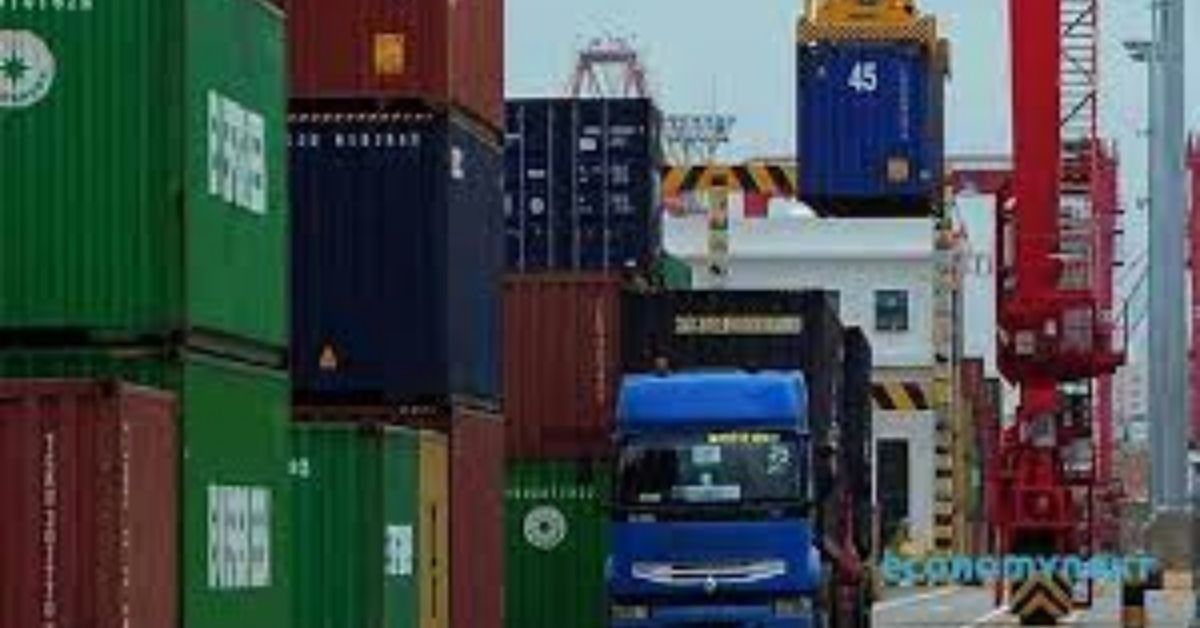After a volatile 2022, leading shipbroker Simpson Spence Young (SSY) looks at the next 11 months and highlights areas of particular interest in their 2023 Outlook Report.
Contributions come from a range of senior research and broking experts and cover: Dry Bulk, Tankers, Derivatives, LNG, Chemicals, Sale & Purchase, Decarbonisation and Finance.
Read the complete report at the below link:
https://www.maritimegateway.com/wp-content/uploads/2023/02/ssy-2023-jan-research-6.pdf
Stanko Jekov, SSY Managing Partner, said:
“The fallout from the ongoing conflict in Ukraine resulted in serious repercussions throughout 2022 and will undoubtedly continue to have a major effect well into 2023. While COVID-19 looks to be behind us ‘on paper’, its lingering effects are still being felt and continue to affect global supply chains.
“As a consequence, we’ve experienced a general slowdown in economic growth and an increased tightening on monetary policy with interest rates increasing in response to rising inflation.
“Added to this, the decarbonisation of shipping markets continues to be an important challenge and one that we must collectively tackle head on.
“The IMO is attempting to improve the carbon performance of existing fleets, while working to encourage moves towards low or zero-carbon fuel alternatives.
“How effective these measures are remains to be seen. In this report, SSY experts examine how these factors have influenced shipping markets in 2022 and provide insights as to what we can expect in 2023. Suffice to say, the forces as outlined above will continue to shape our business in the year ahead.”
Highlights include:
Dry Bulk
“Seaborne dry bulk trade is expected to return to growth in 2023. However, the combination of global steel sector weakness, grain trade constraints and disruption to cargo supply, such as the announced Indonesian bauxite export ban, will weigh on the pace of expansion.”
Tankers
“India and China have already increased their imports of Russian crude and it remains to see how much more they will and can take and if it will be at a price-capped level. Russia has said it will not abide by the price cap. For clean products, Russian oil has already been moved to the Middle East and there is scope for volumes to head to Latin America, Africa and the Sub-Continent.”
Derivatives
“2023 will be a year when the widely anticipated carbon regulation comes into effect. What impact, if any will this have on freight supply? This remains to be seen once the regulations are in force. We strongly advise our clients to be ahead of the curve and start putting in place measures to be ready – specifically for the inclusion of shipping in the ETS.”
LNG
“We are entering a new energy paradigm where the LNG sector has had to accelerate its activity. Projects are getting FID (final investment decision) quicker, charterers are committing to shipping faster, and Owners are looking for 6-digit rates as a matter of principle.”
Chemicals
“It looks set to be a tumultuous year ahead for the Chemical market. Tonnage supply remains tight. The orderbook is very small for dedicated chemical vessels, with fewer than 40 tankers ordered over the last six months. Low scrap values however have discouraged Owners from recycling older vessels.”
Sale & Purchase
“One can argue that with LNG technology having settled somewhat in recent years – albeit with tweaks in terms of containment and engine design being constantly made – as well as an overaged/small steam turbine fleet subject to increased regulatory change, the LNG market is in a more comfortable place than, say, the larger crude newbuilding segment…”
Decarbonisation
“SSY estimates that 85-95mt of EU shipping emissions will eventually need to be offset by the purchase and surrender of EUAs (emission allowances), taking account of the 50% discount and 300nm capture rules applying to international voyages. Approximately 35mt of this will be in the tanker and bulker segments, discounted to 14mt during the 2024 phase in.”
Finance
“The forward interest rate curve indicates the market’s current expectation of sustained higher rates for some time to come (with a flattening of the curve from 2024 pointing to the possibility that Central Banks may begin easing rates as global inflationary pressure lessens). However, the implication for ship owners is a prolonged period of higher capital costs well in excess of those enjoyed over recent years.”







